The Top 10 automotive jobs of the future
As smartphones get more sophisticated, watches connect us to the world and our homes grow more automated, cars will advance in ways customers cannot imagine.
As smartphones get more sophisticated, watches connect us to the world and our homes grow more automated, cars will advance in ways customers cannot imagine. Already, people are developing and bringing products to the mainstream that we don’t even know we want.
What will be the jobs that bring the technology that improves our lives to market?
“In the automotive industry we have the opportunity to make our technologies impact real change,” said Gary Smyth, executive director, global research and development at General Motors. “Not many other industries can embrace the future so holistically: We have battery chemists, electrical engineers, manufacturing experts, software developers and social media operators all in one industry, working at making our lives easier and more productive.”
Ten years from now the workplace may depend less on location than connectivity, such as eco-friendly workstations that offer collaborative environments catering to technology developers.
GM employees of various experience levels and backgrounds see these as the Top 10 jobs of 2025.
1. Electrical engineers
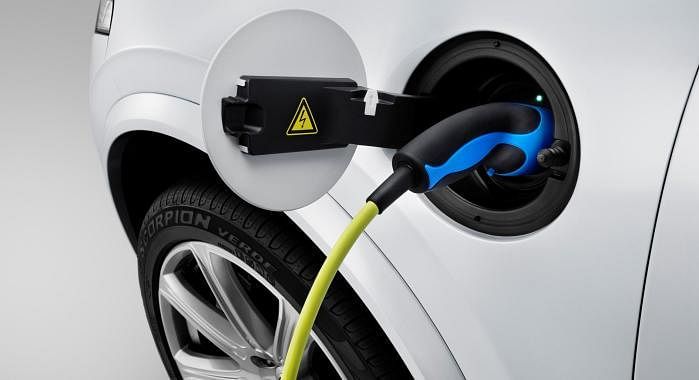
Battery, hybrid and plug-in vehicles are becoming mainstream. The internal combustion engine isn’t going anywhere soon, but the industry is developing alternative ways to make a car move. Electrified vehicles are more powerful and achieve greater range, and as more customers try these alternatives, demand can only be expected to grow. Over the next 10 years, more engineers will be needed to explore and develop electrified vehicles.
2. Analytics expert
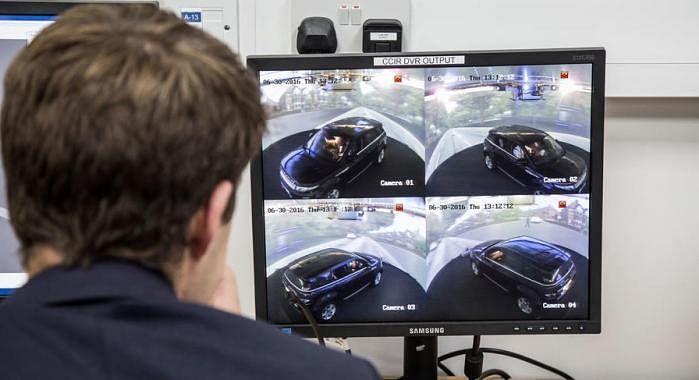
Data is everywhere and can help diagnose what in a car needs attention before it becomes a problem and help pick the best route to a destination. With smart data, the car and the driver will work together for a more efficient future. Analysts will be needed to create algorithms to decipher how this data can best help drivers.
3. Interaction designers
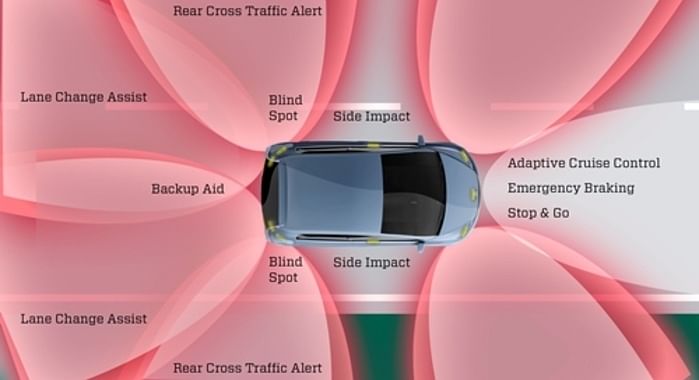
Operating all the technology in the car needs to be designed with an artistry that makes it easy to use. A driver can be going 100kph on the freeway and the information and technology within the car needs to be accessed intuitively so the driver can keep his hands on the wheel.
4. Web programmer

The car is not a smartphone or a tablet or whatever is going to come next, but it will be a platform that allows the next big thing to easily connect to the vehicle and its occupants. Software is playing an increasingly important role in the vehicle, and coders and developers are only going to be in more demand.
5. Autonomous driving engineer

GM envisions a world without crashes and a key step towards that direction is the introduction of vehicle-to-vehicle technology on the 2017 Cadillac CTS that allows the car to “talk” to other cars that are equipped with V2V technology. After that will come Super Cruise, a semi-autonomous driving technology in the Cadillac CT6 range-topping luxury sedan. Within these fields there will be sensor experts, radar developers and all types of engineers needed to make these vehicles and those that follow them a reality.
6. Customer care experts

It’s not just about cars being made by car people who deliver them to the masses. With social media, direct interaction with companies big and small is direct and near instantaneous. Social care experts provide the listening ear and resolution to problems that can help make customers for life.
7. Sustainability integration expert

Proof points of a sustainable business model can be seen throughout GM. Already, the company has 122 plants and facilities that send no garbage to landfills. A variety of other environmentally friendly programs – from using alternative energy sources like solar and wind – to just finding ways to use less of everything opens employment opportunities for people who understand the best ways to apply these goals to the business.
8. Industrial engineer
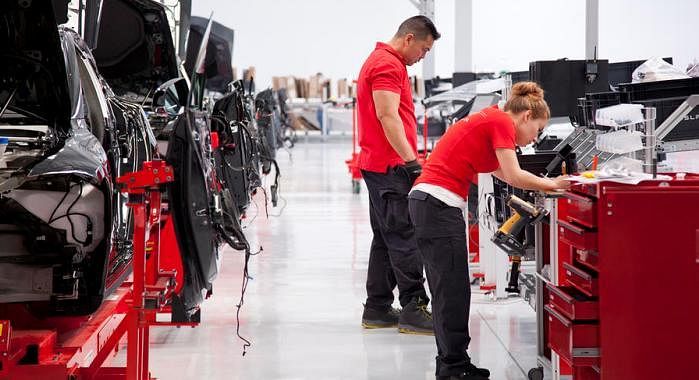
Vehicles are mass-produced products. The best companies discover and apply the most efficient production techniques. The future for this position will challenge engineers to build complex vehicles in ways that are sustainable and efficient.
9. 3D printing engineer
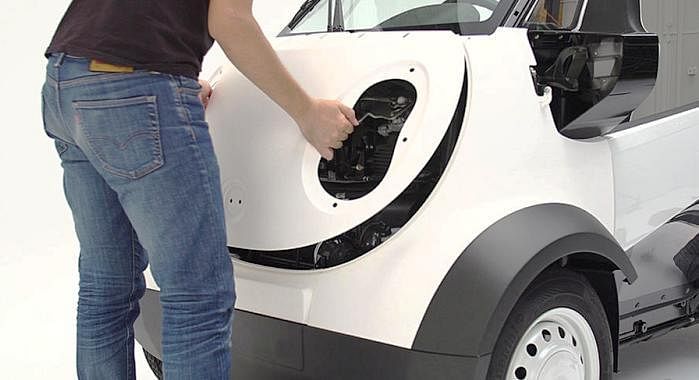
The uses and capabilities of 3D printing in the development, design and engineering world are just beginning to be fully realized. A part mockup that once took weeks to create can now be printed in a matter of hours. Faster prototyping doesn’t just save time; it can lead to more options to be tested and better end products.
10. Alternative propulsion engineer
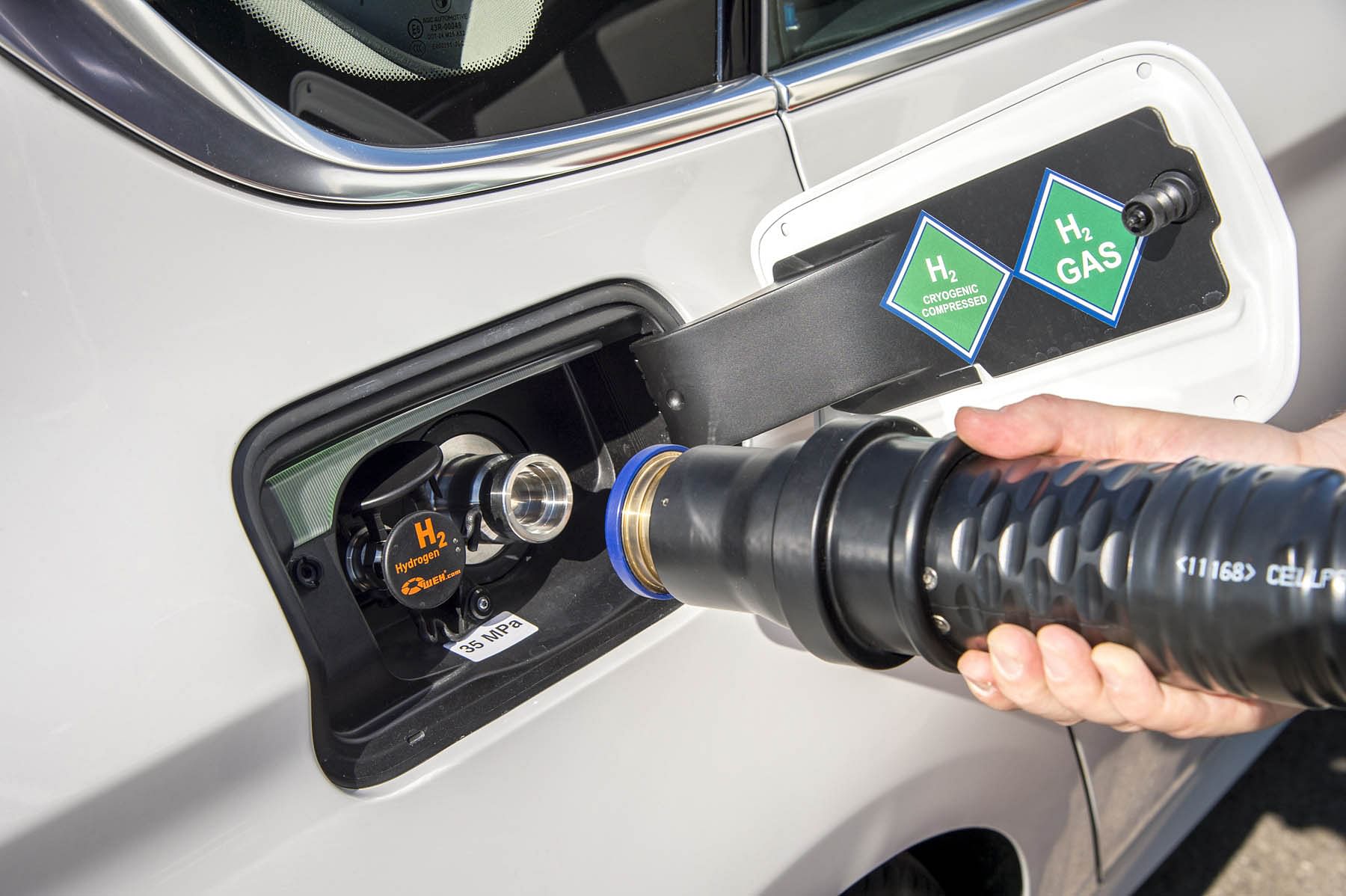
Diesels, battery electrics, fuel cells. There is no single answer to the future of propulsion. Refining and developing new ways for cars to move will also drive job creation.
RELATED ARTICLES
Belrise Industries: A Story of Grit and Focus
The Belrise Industries IPO is the culmination of a multi-decade journey by entrepreneur Shrikant Badve that started in a...
Mahindra and Lightweighting: Solid Steel To Nimble Aluminum
Stricter emission regulations and rising fuel efficiency targets are driving a fundamental transformation in powertrain ...
Hero vs Honda: In Numbers
A Comparative Study of Honda Motorcycle & Scooter India and Hero MotoCorp.





 By Autocar Professional Bureau
By Autocar Professional Bureau
 29 May 2015
29 May 2015
 75654 Views
75654 Views





 Shahkar Abidi
Shahkar Abidi


 Ketan Thakkar
Ketan Thakkar


